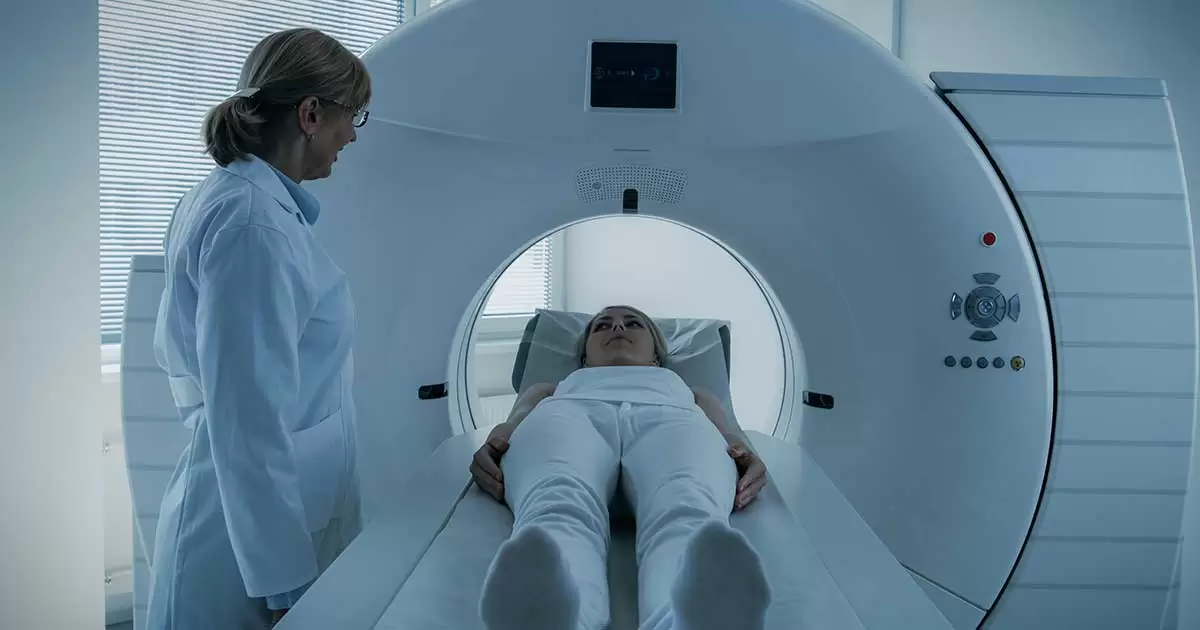
New Prostate Cancer Treatment with Radiation Therapy
Home > Health Info > Health Articles

Stereotactic body radiation therapy (SBRT) targets small tumors with large radiation doses while minimizing damage to nearby healthy tissue. It delivers the optimal dose of radiation in fewer treatment sessions compared to conventional radiation therapy. SBRT is a noninvasive alternative to surgery for certain lung, prostate, liver, and pancreatic cancers.
What is Stereotactic Body Radiation Therapy?
Stereotactic body radiation therapy (SBRT) is a cancer treatment that delivers highly concentrated doses of targeted radiation to a single or solitary tumor. As a type of stereotactic radiosurgery, SBRT represents a technological advancement in the field of radiation therapy.
Unlike conventional radiation therapy, SBRT delivers the optimal dosage of radiation over a shorter period (days instead of weeks). It administers large radiation doses directly to the tumor while limiting exposure to nearby healthy tissues and organs, reducing the risk of damage.
What Cancers Can Be Treated with SBRT?
Radiation oncologists use SBRT to treat small tumors. Your healthcare provider may recommend SBRT if you have health conditions that prevent you from undergoing surgery.
SBRT serves as a noninvasive alternative to surgery for treating:
- Primary cancers: The original tumor.
- Oligometastatic cancers: Tumors that have spread from the primary site but remain small and few enough in number for removal.
Cancer types treated with stereotactic body radiation therapy include:
- Lung cancer
- Prostate cancer
- Liver cancer
- Pancreatic cancer
What Are Some Typical SBRT Side Effects?
The side effects of SBRT vary depending on the type of cancer being treated and your overall health. Common examples include:
SBRT for prostate cancer: You may experience an urgent need to urinate or feel the need to urinate more frequently. You might also notice changes in bowel habits, such as how often you have bowel movements or discomfort during bowel movements. Be sure to discuss these short-term changes with your healthcare provider, who can help you manage them effectively.
What Are the Benefits of SBRT?
Research shows that SBRT is an effective treatment for certain cancers. It allows healthcare providers to target tumors with high precision while minimizing radiation exposure to nearby organs and tissues. This enables them to treat tumors with near-surgical accuracy—without the need for surgery.
In addition, SBRT typically requires fewer treatment sessions than conventional radiation therapy, which may reduce the risk of side effects.
How Successful Is SBRT?
Stereotactic body radiation therapy is a highly effective alternative to surgery in some cases. For instance, recent studies indicate that SBRT is as effective as surgery for treating certain early-stage lung and prostate cancers. Additionally, for some individuals, SBRT serves as a noninvasive option to slow tumor growth in cancers that have spread.
What Are the Risks or Complications of SBRT?
Although rare, SBRT can cause long-term side effects if healthy tissue is damaged by radiation. The specific side effects depend on which organ was affected. However, one of the key advantages of SBRT is its precision. Your care team will carefully design your treatment plan to ensure that radiation targets the tumor while sparing healthy tissue as much as possible.
It’s also worth noting that all forms of radiation therapy carry a very small risk of causing secondary cancers due to treatment. That said, another benefit of SBRT is its ability to limit radiation exposure to healthy organs and tissues. Your healthcare provider will monitor you regularly for any signs of new or recurring cancer.
Share :





